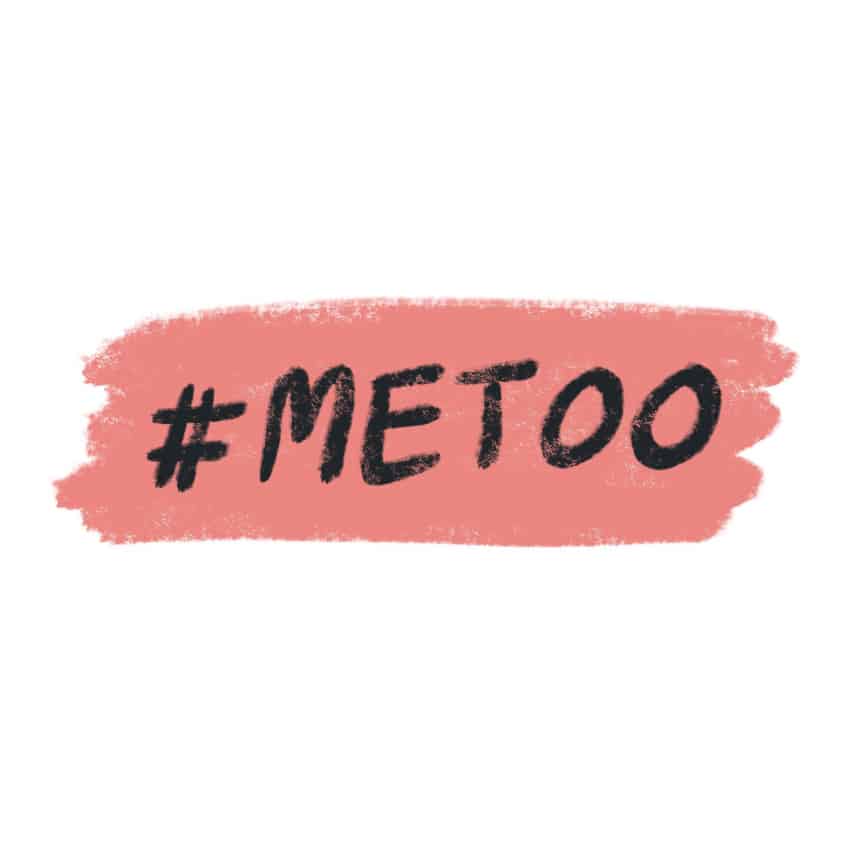
Consent should be a given, yet many suffer from the actions of people that are ignorant of the concept entirely. To change this reality, we must continue to raise awareness on the issues that arise when consent is dismissed.
Two years ago, I came across a poster on campus that went something along the lines of “Consent is a voluntary, sober and enthusiastic yes.” I stared at it blankly for a few minutes. It was then that I learnt what exactly constitutes consent. I was very happy with the proactive and reactive approaches the university and campus groups were taking on this issue.
This year’s Sexual Violence Awareness Week at the University of Saskatchewan happened from Sept. 21 to 25 with an online speaker series aimed at creating “a broader space to talk about sexual abuse, sexual assualt and sexual harrassment.” Each day of SVAW students explored a specific theme related to sexual violence, like understanding consent, and trauma recovery.
Sexual violence has been signficantly addressed over the last few years. For one, the #MeToo Movement that Tarana Burke created in 2006, and went viral in 2017, was intended to support survivors of sexual violence, particularly Black and brown girls. It has since grown into a community of support for “grown people, women, and men, and other survivors as well as helping people to understand what community action looks like in the fight to end sexual violence,” according to Burke.
However, understanding the scope of the sexual violence and harrassment problem is difficult. When I checked the facts on a federal fact sheet regarding sexual assault, I was met with a quick facts page filled with multiple figures with no accompanying chart, making it difficult to envision and understand the severity of the issue in my own country.
According to the Canadian Women’s Foundation, “since the vast majority of sexual assault aren’t reported to police, both police-reported data and self-reported data from social surveys help to establish its scope.” I think that in order to have an idea of how extreme this issue is, we have to expend energy researching and tallying police reports across the country. Even then, that might not show the full picture.
What can we, as members of a society, do in a world that is slow to eradicate forms of abuse and oppression? The answer is choosing to be active in the process of prevention and intervention.
Currently, we are living in a new online world. However, this does not mean that all the proper support and resources needed for student well-being are absent.
The Women’s Centre and Peer Health groups on campus, and the Saskatoon Sexual Assault and Information Centre off-campus, are some of the best places to find a community, seek support from a professional and begin individual healing.
Survivors of abuse need to be heard, seen and understood. This will only happen if we all create a welcoming environment where everyone feels safe to share.
Advocate for survivors of abuse and violence and show them compassion because it will encourage and empower them to begin their healing process.
—
Kristine Jones A. Del Socorro | Culture Editor
Graphic: Anh Phan | Design Editor